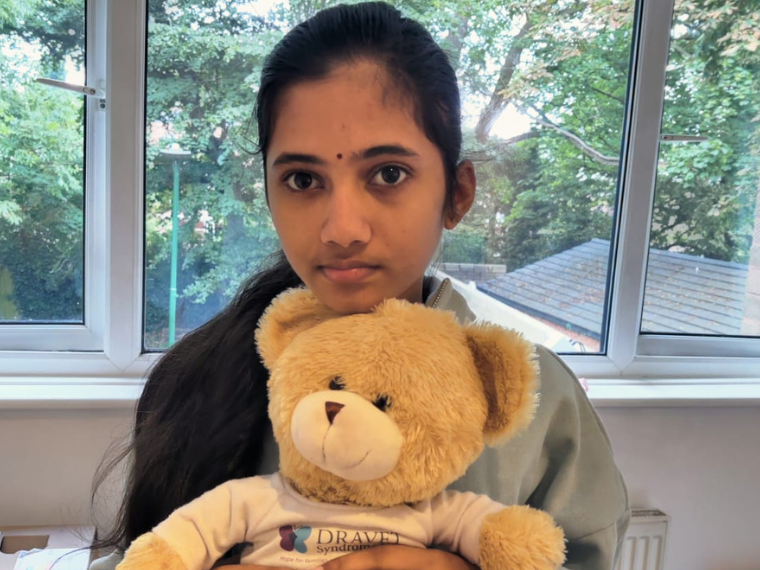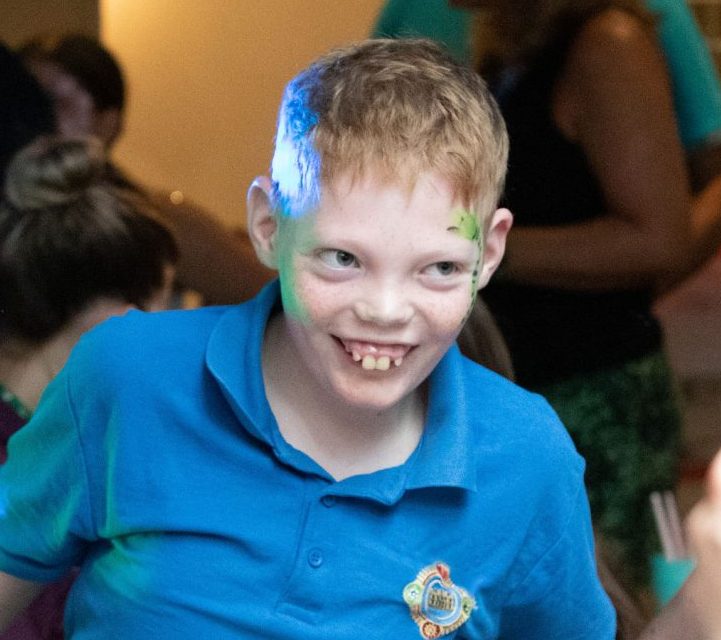
Diagnosis and treatment
Discover the typical features of Dravet Syndrome – intervene early and you can change someone’s life.
In recent years, there have been a number of updated guidelines, consensus statements and other publications outlining the appropriate treatment algorithm for Dravet Syndrome. These are listed below with links to the publications:
Watch this video featuring Gordon, Neil’s dad, talking about the life changing impact of his son being diagnosed with Dravet Syndrome as an adult.
Read parents Mark and Fiona’s story of getting a diagnosis for their daughter Hannah.

Discover the typical features of Dravet Syndrome – intervene early and you can change someone’s life.

Sign up to our e-newsletter to get expert news, research and information on Dravet Syndrome direct to your inbox.

A summary of the typical features of Dravet Syndrome.